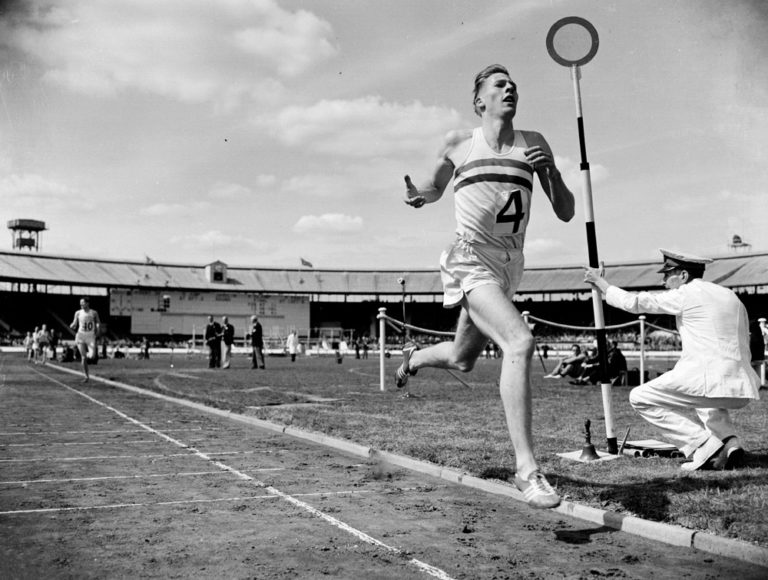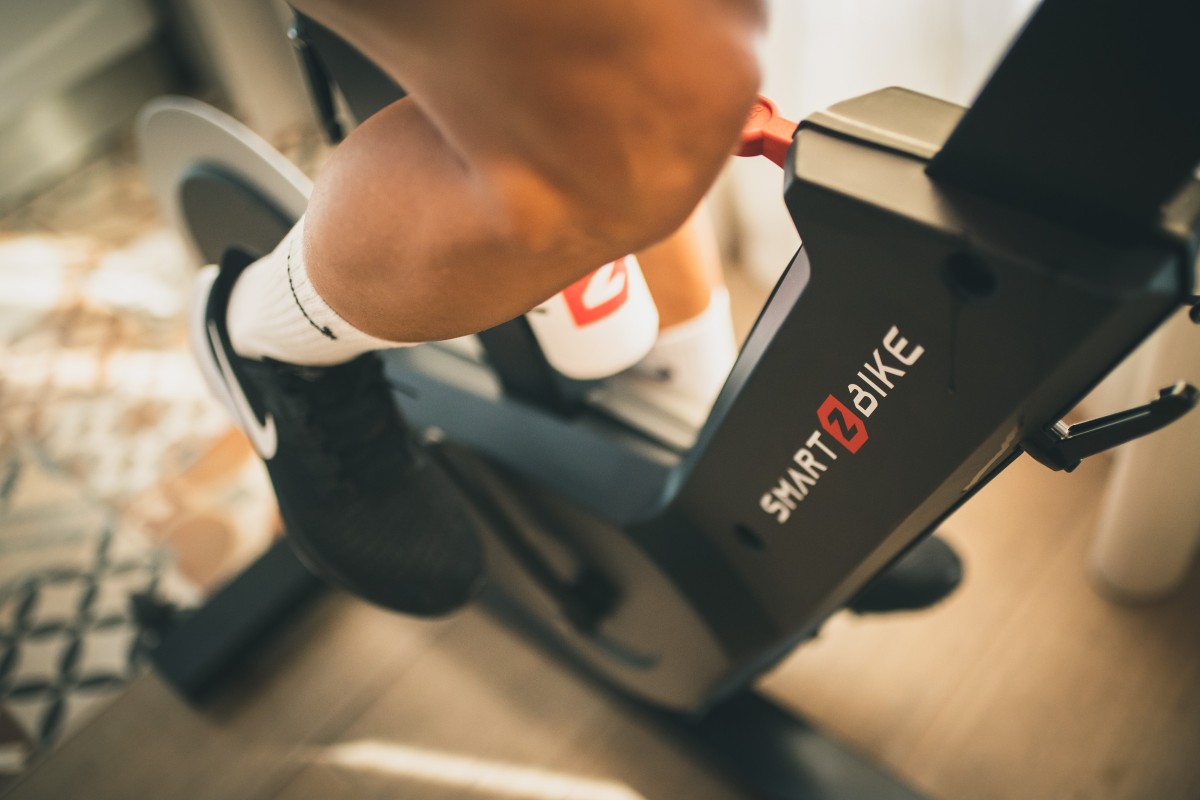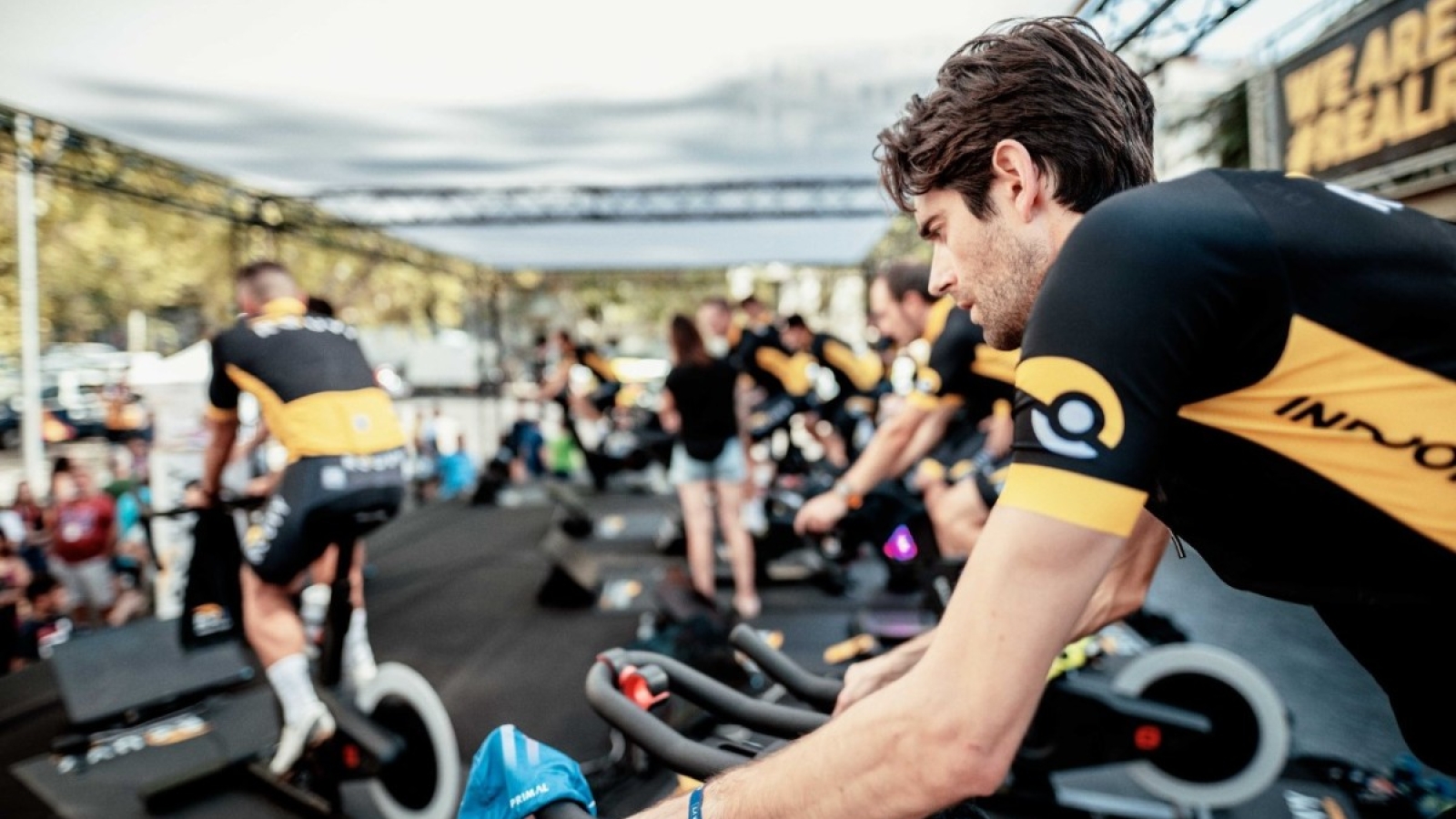When it comes to training, there are many types of workouts that we can find. However, not all of them work equally and do not guarantee the same results. One of the most popular is HIIT training (which, in turn, can be of several different types). In this article we are going to explain the methodology and why it is one of the most popular workouts that have been around for years. We also explain how you can practice HIIT at home, so read on to find out more!
HIIT: What is it?
First of all, we need to clarify the meaning of HIIT. This acronym comes from the abbreviation of Hihg Intensity Interval Training, which means high intensity interval training. But what exactly is HIIT and what is it for? HIIT exercises have been shown to be one of the most effective in improving cardiorespiratory and muscular capacity in short training sessions ranging from 4 to 30 minutes. At least, this is corroborated by the latest studies that point to a considerable improvement in performance and VO2max – which is nothing more than the maximum volume of oxygen that can be processed in the body while exercising and is expressed in milliliters of oxygen per kilogram of body weight per minute (ml/kg/min).
SI/HIIT Training
Also known as Short Interval HIIT. The intervals of work at maximum intensity, in this case, range from 30 seconds to one minute. These are short intervals of work.
SIT Training
Or Spring Interval Training, which consists of series with very short intervals of high intensity work (maximum 30 seconds) very similar to the previous one. However, with the difference that the recovery time (or rests) is longer, usually about 4 minutes, approximately, and usually passive.
RST Training
Or Repeated Sprint Training. This training is very similar to SIT, but has the difference that the recovery intervals or rest times are smaller, with a 1:1 ratio. These rests are active low intensity.
LI/HIIT Training
For professional athletes with high VO2max capacity. In this case, work is done with long-duration intervals ranging from one minute to approximately 4 minutes.
HIIT: examples over time

Now that we have already talked about HIIT, what it is, what it is for and what kind of workouts there are, it is important to document this practice with examples of internationally recognized athletes who included it in their routine to achieve great success. Some of the most popular were:
- Paavo Nurmi: (1920-1928). He won 9 Olympic Golds and worked with pure speed intervals.
- Gösta Holmér: (1930). He was the inventor of the Swedish Fartlek training for the improvement of physical endurance.
- Emil Zatopek: (1950). He was one of the pioneers of intervalic training. He obtained 7 Olympic Golds.
- Roger Bannister: (1954). He was the first to break the mile barrier in 4 minutes. Based almost exclusively on interval training.
Advantages, benefits and reasons to practice HIIT
As we indicated above, the advantages of HIIT, benefits and reasons to practice it are many, although these have to do mainly with an improvement in sports performance. This is observed, thanks to the increase in VO2max, since the ability to take advantage of more and better oxygen helps to achieve better results in sport. But not only that, a HIIT routine – as practiced by many professional and amateur athletes today – can help improve cardiorespiratory and muscular capacity. Among the most outstanding benefits of HIIT cardio workouts are the following:
- Improvement of the heart’s capacity and its adaptation to effort.
- Increase of the VO2max value of the athlete.
- Increased speed and power.
- Optimization of glucose metabolism.
- Increased basal metabolic expenditure or energy consumption at rest.
In addition, apart from the benefits of HIIT, it is important to note that this practice can be performed by anyone in good health. That is, it is not necessary to be an elite athlete to try HIIT training (everyone can include it in their routine). Moreover, there are many ways to practice it at home, such as with HIIT cardio exercises, with calisthenics and, above all, with indoor cycle bikes or bike rollers -which is one of the most practical and effective ways to carry out this type of training-.
How to practice HIIT at home with a roller or cycle bike

As mentioned above, one of the best ways to do HIIT cardio at home is with an indoor bike or bike trainer. When preparing your training session we recommend that you distribute it as follows:
- Warm-up: dedicate approximately 15 minutes.
- Main part: varies depending on the level, objectives and intensity with which you want to work. This part of the workout, which should last between 15 and 30 minutes, is where the high intensity intervals with recovery breaks come into play.
- Cool down: about 10 minutes, approximately, to recover your heart rate and to do some gentle stretching.
Of course, it is important that you take precautions when incorporating this type of training into your exercise routine. Pay special attention to the principle of supercompensation to distribute training loads and adequate breaks during planning and prevent problems for your health. Keep in mind that rests are essential as this is a very demanding type of training and without them, sports performance may decrease. In the following table we show you an example of HIIT training (main part of the training) that you can perform with your ZYCLE roller or bike after the necessary warm-up:

In it the intensity must be the maximum sustainable for the duration of the interval (Z4-Z5) and the rest between blocks cannot exceed 2 minutes.

 El carrito está vacío
El carrito está vacío 



